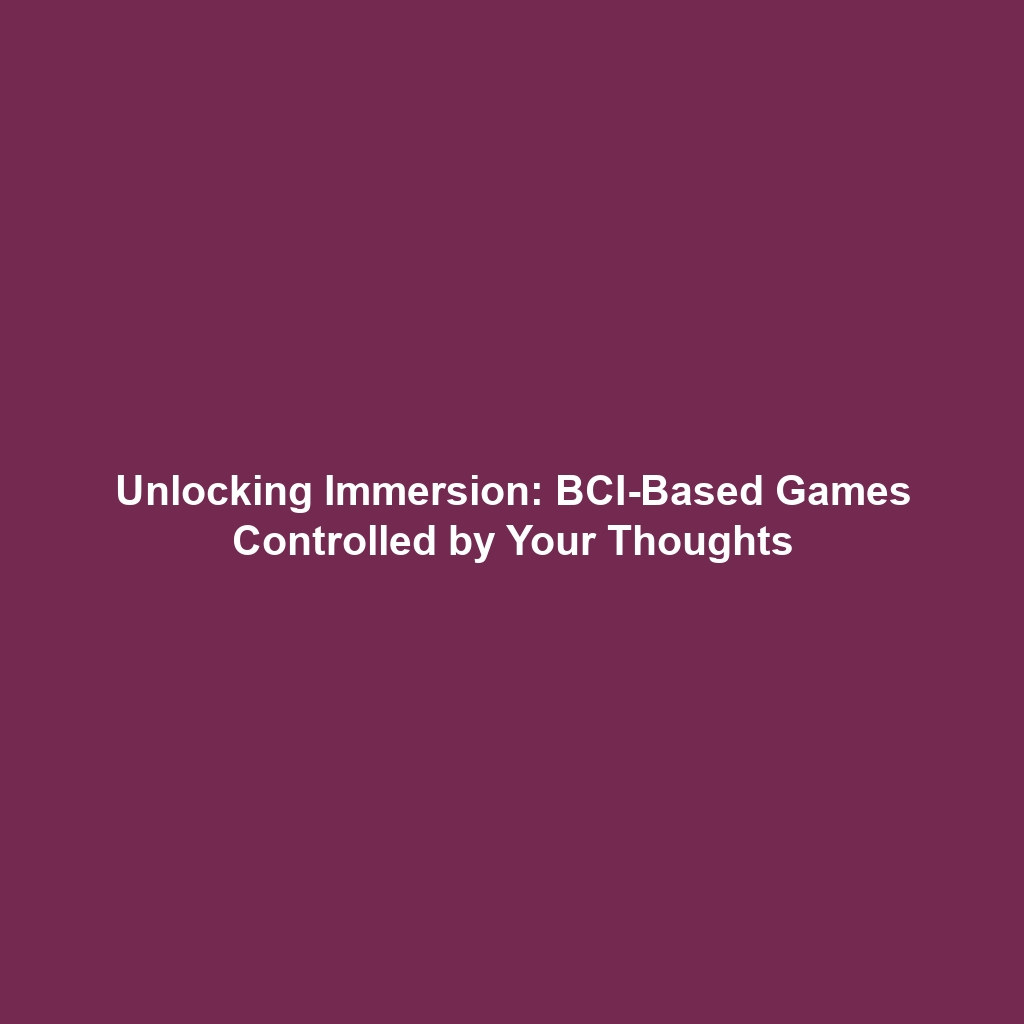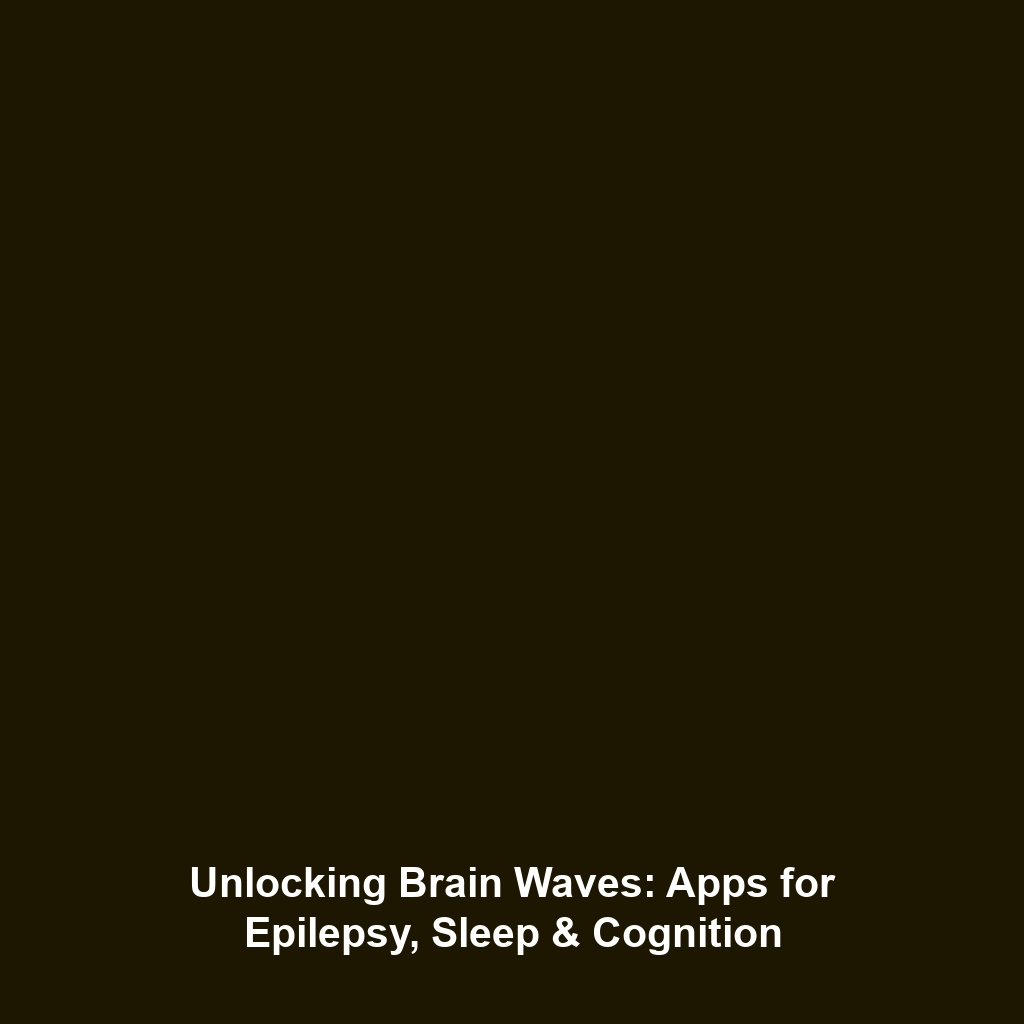BCI-Based Games: Immersive Experience through Brain-Computer Interfaces
Introduction
Brain-Computer Interfaces (BCIs) are revolutionizing the gaming industry by allowing players to control in-game characters or elements using their thoughts. This developing technology creates a new level of immersion, enhancing gameplay experiences beyond traditional controllers. As BCIs continue to improve, the potential applications in gaming and other fields become increasingly significant.
Key Concepts
To understand BCI-based games effectively, it is essential to grasp the key concepts surrounding them:
The Basics of Brain-Computer Interfaces
BCIs are systems that enable direct communication between the human brain and external devices. They typically involve:
- Signal Acquisition: The collection of brain activity data, often through EEG or other neuroimaging technologies.
- Signal Processing: Interpreting the acquired signals to deduce the user’s intentions or commands.
- Output Execution: Translating those commands into actions within a game or application.
Immersive Gameplay
BCI-based games not only require neurological input but also provide immersive gameplay experiences that redefines human-computer interaction through thought-based commands. This approach significantly enhances player engagement and entertainment.
Applications and Real-World Uses
BCI-based games represent a fascinating intersection of technology and entertainment. Significant real-world applications include:
- Rehabilitation: Using BCIs in therapeutic games for patients recovering from strokes, enabling motor skill development.
- Education: Developing interactive learning experiences that adapt to a student’s attention level and engagement.
- Entertainment: Creating video games designed specifically for players with mobility impairments, allowing them to enjoy gaming through their thoughts.
Current Challenges
Despite their potential, several challenges hinder the widespread adoption of BCI-based games:
- Technical Limitations: Current technologies often face issues related to signal noise, accuracy, and latency.
- User Experience: Creating intuitive software that can seamlessly interpret diverse thought patterns remains a challenge.
- Ethical Concerns: Data privacy and the misuse of neural data present significant ethical dilemmas.
Future Research and Innovations
The field of BCI-based games is poised for significant advancements, with ongoing research focused on:
- Improving Signal Processing: Developing algorithms that can more accurately interpret brain signals.
- Integrating AI: Employing artificial intelligence to adapt game experiences based on player cognitive states.
- Wearable Technology: Creating more comfortable and reliable BCI devices that can be used longer and in more settings.
Conclusion
BCI-based games open up exciting new possibilities within the realm of Brain-Computer Interfaces, creating deeply immersive experiences that were previously unimaginable. As technology advances, the scope of applications will expand, impacting various sectors including rehabilitation, entertainment, and education. For more insights on the future of gaming technology, visit our Advanced Gaming Technologies page to explore related topics.


